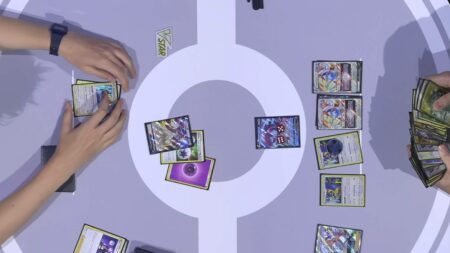In this guide, we’ll walk you through the basics of how to play Pokemon cards, from setting up your deck to launching epic attacks.
For many years, you may get the impression that most fans prefer collecting Pokemon cards than playing them — it’s no surprise that Pokemon fans remain faithful to the franchise’s slogan, “gotta catch ‘em all.”
While there’s nothing wrong with hoarding lots of Pokemon cards, an even better way to immerse oneself is by learning how to play the game they’re created for — Pokemon TGC.
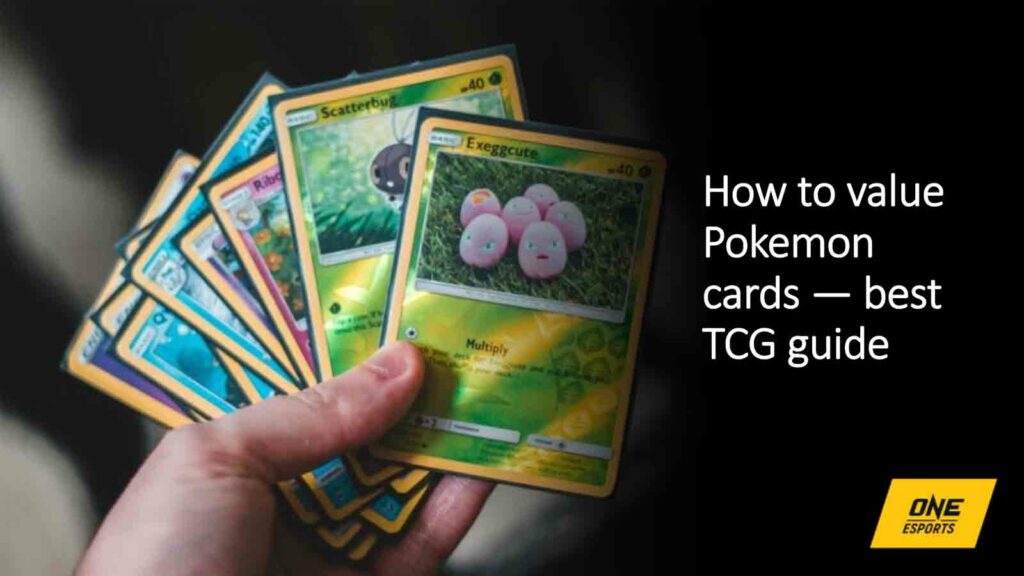
Fortunately, Pokemon TCG rules aren’t as complicated as other popular trading card games like Yu-Gi-Oh! and Magic: The Gathering. There aren’t trap cards or instant spells that bug you every turn. It’s actually closer to conducting a Pokemon battle, tabletop-style.
To give you a head start on how to play Pokemon cards, let’s run through the following sections. For the best experience, we recommending reading them in proper order:
- Types of cards in Pokemon TCG
- Building a deck
- Starting the game
- What happens during a player’s turn?
- Attacking your opponent’s Pokemon
- Objectives for winning the game
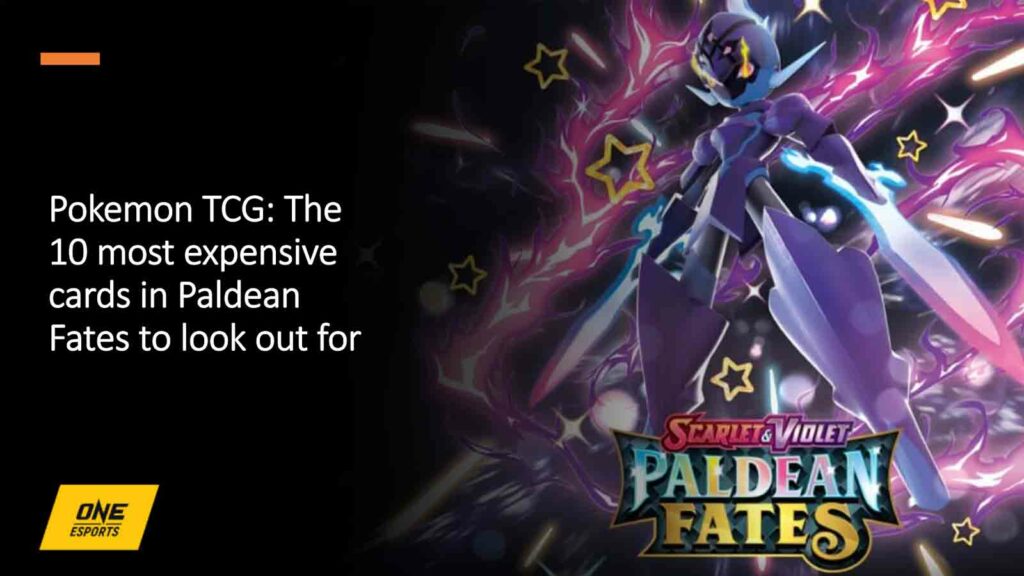
Are you ready to master the basics of Pokemon TCG? Let’s learn how to play Pokemon cards
Types of cards in Pokemon TCG
Apart from the familiar Pokemon cards featuring various Pokemon species from different generations, Pokemon TCG also includes a couple of other card types like Trainer cards and Energy cards.
Pokemon cards serve as the Pokemon that you will lead in battles. Like Pokemon in video games and in the anime, these cards are capable of evolving, using abilities, and performing moves.
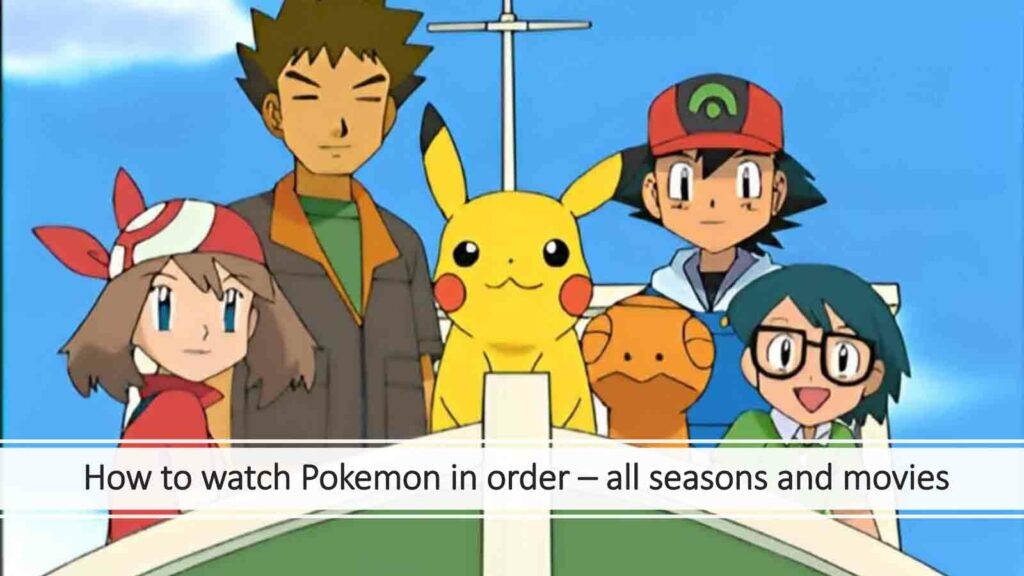
Think of energy cards as your “mana”. Use them to power up your Pokemon. Most Pokemon have moves that require certain types and amounts of Energy cards.
There are currently 11 types of Energy cards, which correspond to the same number of Pokemon types available in the game:
- Fire
- Grass
- Water
- Dark
- Psychic
- Fighting
- Metal
- Dragon
- Fairy
- Lightning
- Colorless
Of all the energy types, Colorless Energy (which represents Normal-type Pokemon) is the most commonly used one, and it can be replaced by any energy type when performing attacks.
Trainer cards take up most of a Pokemon TCG deck, since they can help the player in many ways, such as taking a specific card from the deck, drawing more cards, healing a Pokemon, and even disrupting the opponent’s strategy.

Building a deck
The only established rule when building a deck in Pokemon TCG is to make it strictly a 60-card deck.
You can have as many Pokemon cards, Trainer cards, and Energy cards as you want in your 60-card deck, but you need to take your main strategy into account.
Beginners may consider having around 10-12 Pokemon cards, 8-12 Energy cards, and 20 or more Trainer cards.
Starting the game
With your deck in hand, find someone to practice playing your cards with, or you can try digital by playing Pokemon TCG live.
Here’s how you begin a game of Pokemon cards:
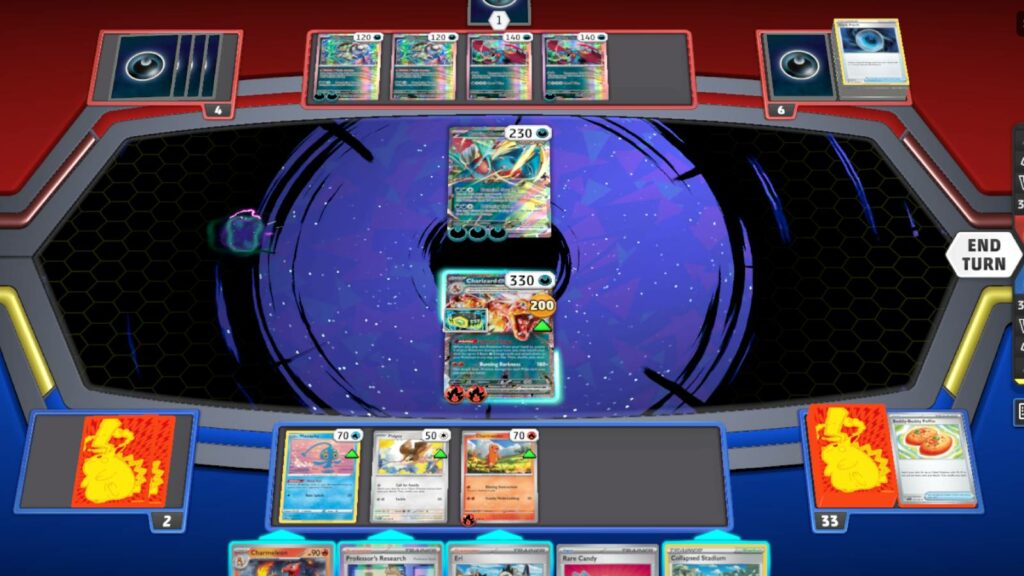
- Flip a coin. The winner of the coin toss will decide who will have the first turn.
- Once the order of turns has been decided, you and your opponent should shuffle your deck.
- After shuffling, you draw seven cards from your deck, and check if you have at least one Basic Pokemon card in your hand. If you have none, you can request to do a mulligan.
Note: A mulligan is the act of showing all seven cards you’ve drawn to your opponent, putting it back to your deck, shuffling your deck, and drawing another set of seven cards. You can keep doing it until you have a Basic Pokemon card in your hand, but your opponent will draw one extra card for every mulligan you take.
- Place one of your Basic Pokemon on the Active Spot in a face down position. You can also put a maximum of five basic Pokemon cards as your Benched Pokemon, also in face down position.
- Take six cards from your deck, and without seeing their front side, place them all down as your Prize cards.
- Your opponent should do the same, and once you’re both done, you can now begin the game by flipping your Active and Benched Pokemon cards.
- The player who goes first may start their turn. Attacking and using Supporter cards aren’t allowed during the game’s very first turn.
What happens during a player’s turn?

Each turn can begin by drawing a card, and then doing any appropriate actions, like:
- Attaching an Energy card to a Pokemon (only limited to once per turn)
- Evolving a Basic Pokemon to its Stage 1 form (can be done as many times per turn as possible)
- Triggering the effects of your Pokemon abilities (most abilities can only be played once per turn)
- Use Trainer cards (Supporter and Stadium cards can only be played once per turn, but other types of Trainer cards can be used multiple times in the same turn)
- Retreating and paying the retreat cost of your Active Pokemon (only limited to once per turn, and as long as you have at least one benched Pokemon to replace your Active Pokemon)
- Attacking the opponent’s Active Pokemon (only limited to once per turn, and doing this action automatically ends your turn)
You can also end your turn without making any attacks by simply announcing it to your opponent. But before your opponent can proceed, you can do a Pokemon Checkup, where you check and trigger the effects of any special condition your Pokemon received.
Attacking your opponent’s Pokemon
Before attacking an opponent’s Active Pokemon, your Pokemon must have enough Energy cards attached to it so it can perform its move.
Let’s use this Litten as an example. If you want to use its move Fake Out, you’ll need to attach one Fire energy card to it.
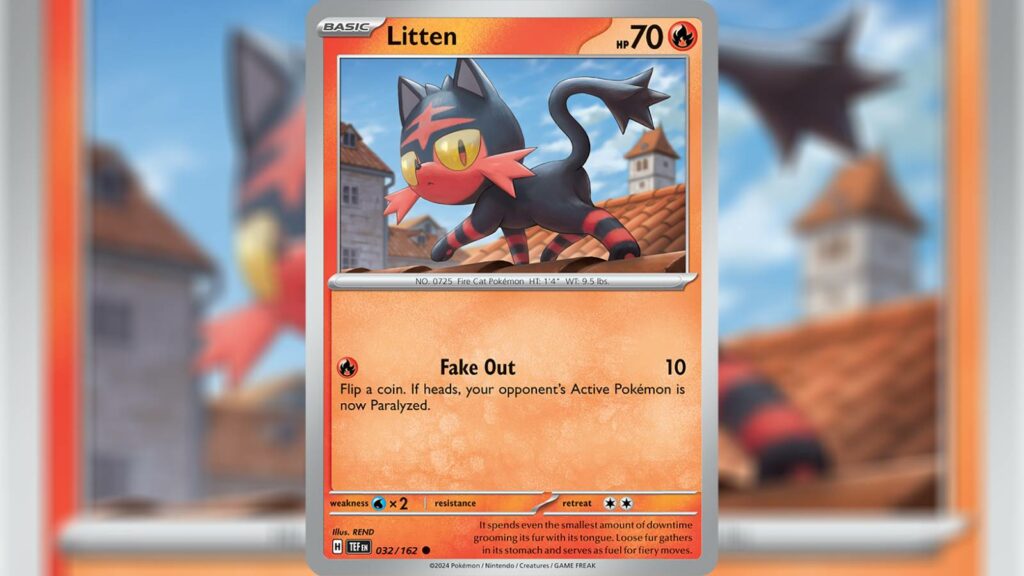
Remember that you can only attach one energy card every turn, so some powerful moves requiring more Energy cards may take multiple turns before you can use them.
The number beside a move is the damage that will be deducted to the HP of the opposing Active Pokemon. Litten’s Fake Out has a damage of 10, so its opponent will take a damage of 10 to its HP.
The damage of a Pokemon move may also change depending on the receiving Pokemon’s weakness and resistance. Please check the lower part of a card if a Pokemon takes a x2 or minus damage from a specific type of move.

The moment an Active Pokemon’s HP becomes zero, it gets knocked out and therefore, must be sent to the discard pile, and be replaced by a Benched Pokemon.
Pokemon in the Bench Spot can sometimes get knocked out as well, but they don’t need to be replaced.
Each time you knockout a Pokemon, you’ll get one Prize card. Knocking out powerful Pokemon with ex, V, and VMAx on their names may reward you with two Prize cards instead of one.
Some Pokemon moves may deal additional effects apart from the actual damage. In Litten’s case, Fake Out can cause a Paralysis condition if you flip a coin and get heads.
The Paralysis condition is an example of special conditions that are also present in Pokemon TCG. Here are a series of videos from the Official Pokemon YouTube channel explaining how they work in detail:
Objectives for winning the game
To win a game in Pokemon TCG, you need to achieve any of the following conditions:
- You’ve run out of Prize cards to take
After setting up your team of Basic Pokemon, you and your opponent must take six cards from your decks and put them face down on the Prize Cards Zone.
Every time a Pokemon gets knocked out, the owner of the winning Pokemon must take one Prize card.
You will win the game if you manage to get all of your Prize cards first before your opponent.
- Your opponent has no more cards to draw from their deck
If all of your opponent’s cards have already been drawn, you will also win the game.
- Your opponent has no Active and Benched Pokemon to use in the field
Once your opponent has no more Pokemon to play, you will automatically win the game.
READ MORE: Pokemon Funko Pops feature the cutest creatures in Sword and Shield
